Philippe Starck beschreibt ihn als „mystisch in einem Land, das nicht länger mystisch ist“. Drew Philip nennt seine Gebäude „Land Art“, die gleichsam aus der Erde wächst. Er ist der einzige Architekt, der die vier wichtigsten Preise seiner Branche gewonnen hat: der Pritzker, Carlsberg, Praemium Imperiale und Kyoto Preis. Er heißt Tadao Ando und ist einer der großartigsten lebenden Architekten der Welt. Ando verbindet Einflüsse der japanischen Tradition mit dem Besten der Moderne und hat eine völlig neue Ästhetik geschaffen, die auf bislang einzigartige Weise mit Beton, Holz, Wasser, Licht, Raum und Natur arbeitet. Dieses Buch ist eine perfekte Einführung in sein Werk. Es zeigt Privathäuser, Kirchen, Museen, Apartmentgebäude und kulturelle Bauten in Japan, Frankreich, Italien, Spanien und den Vereinigten Staaten.
Tadao Ando Bücher
Tadao Ando ist ein japanischer Autodidakt-Architekt, dessen Werk für seinen kreativen Einsatz von natürlichem Licht bekannt ist. Seine Strukturen folgen oft den natürlichen Formen der Landschaft, anstatt sie zu stören. Andos Gebäude zeichnen sich durch komplexe dreidimensionale Zirkulationswege aus, die Innen- und Außenräume miteinander verweben. Diese Wege entfalten sich innerhalb großer geometrischer Formen und der Räume dazwischen.
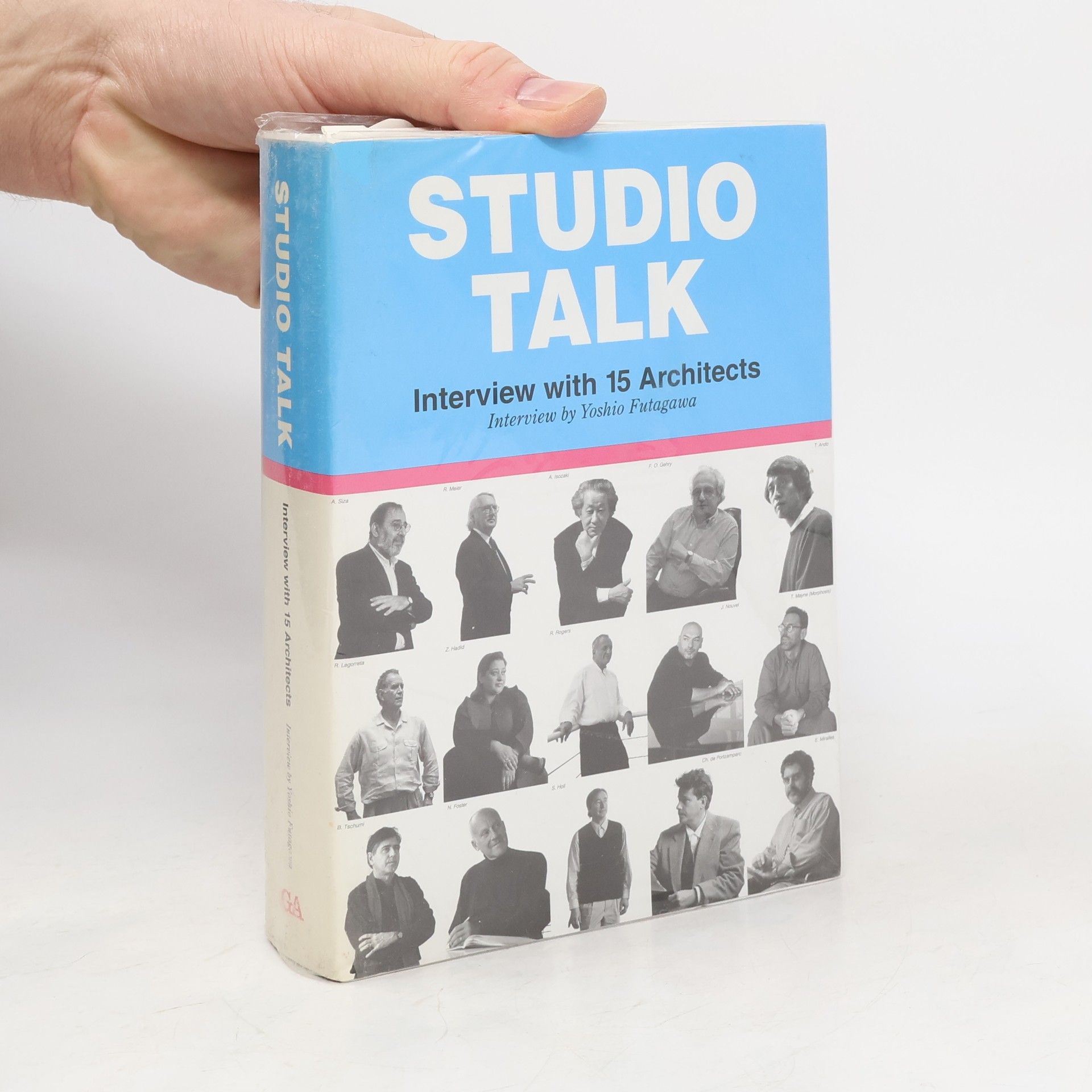
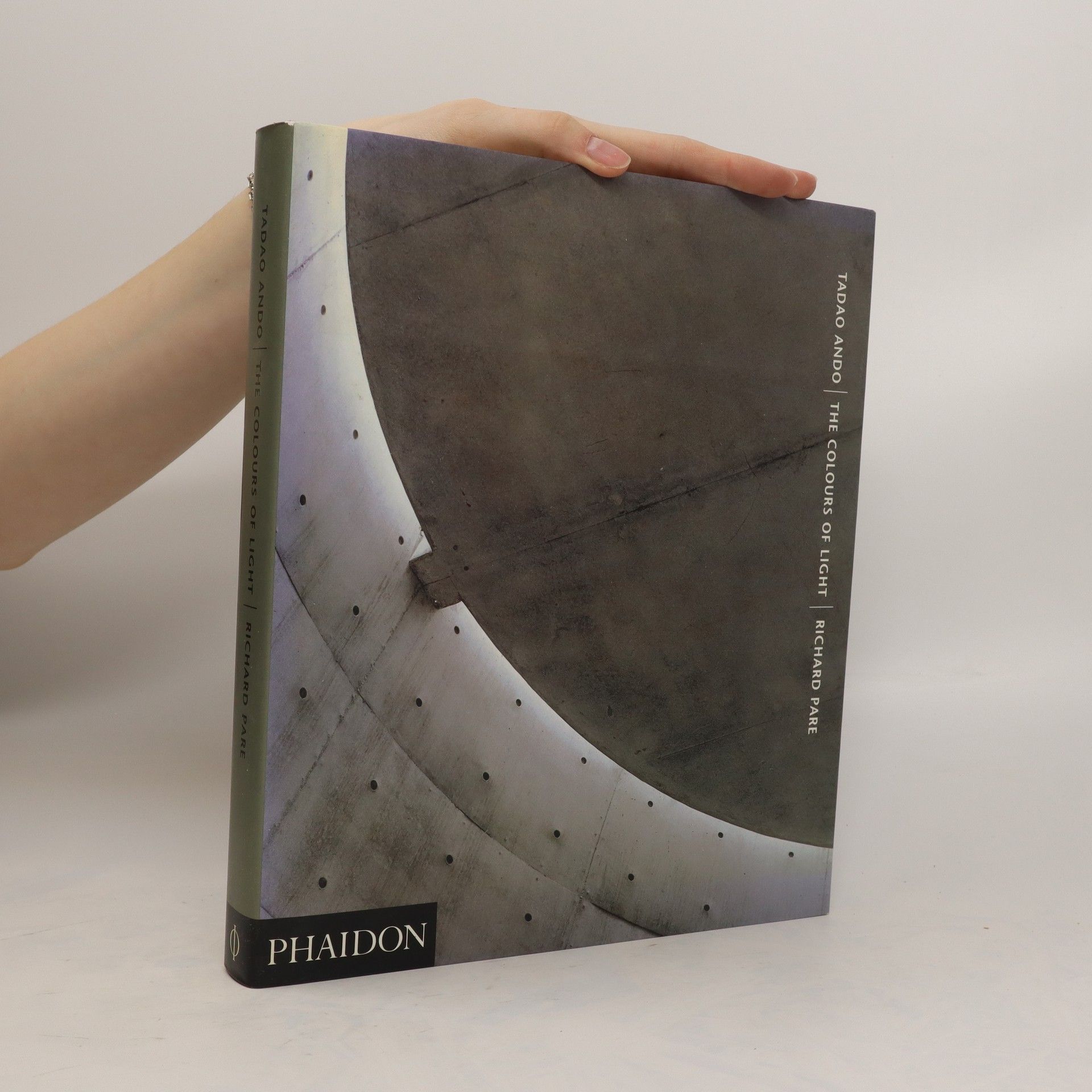
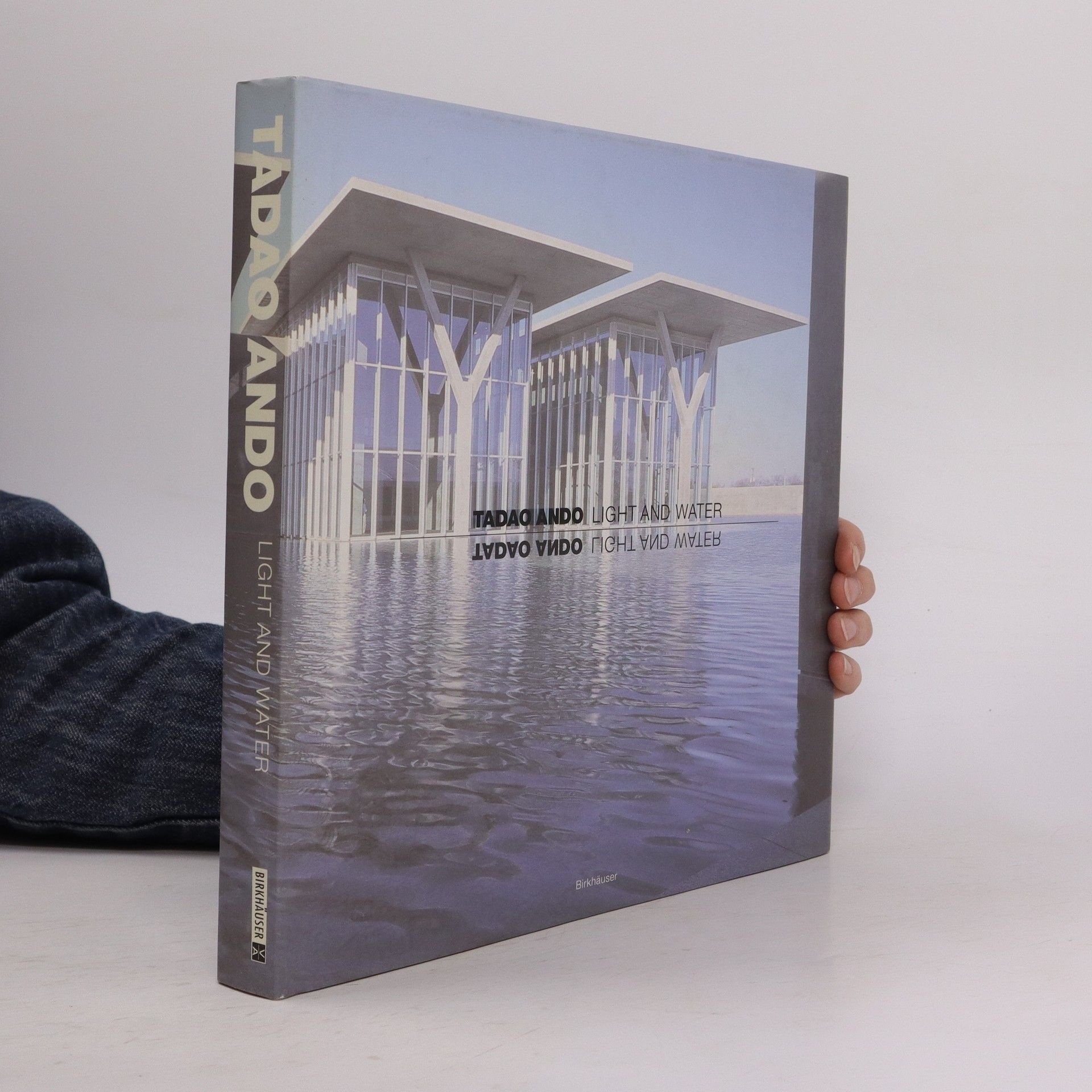
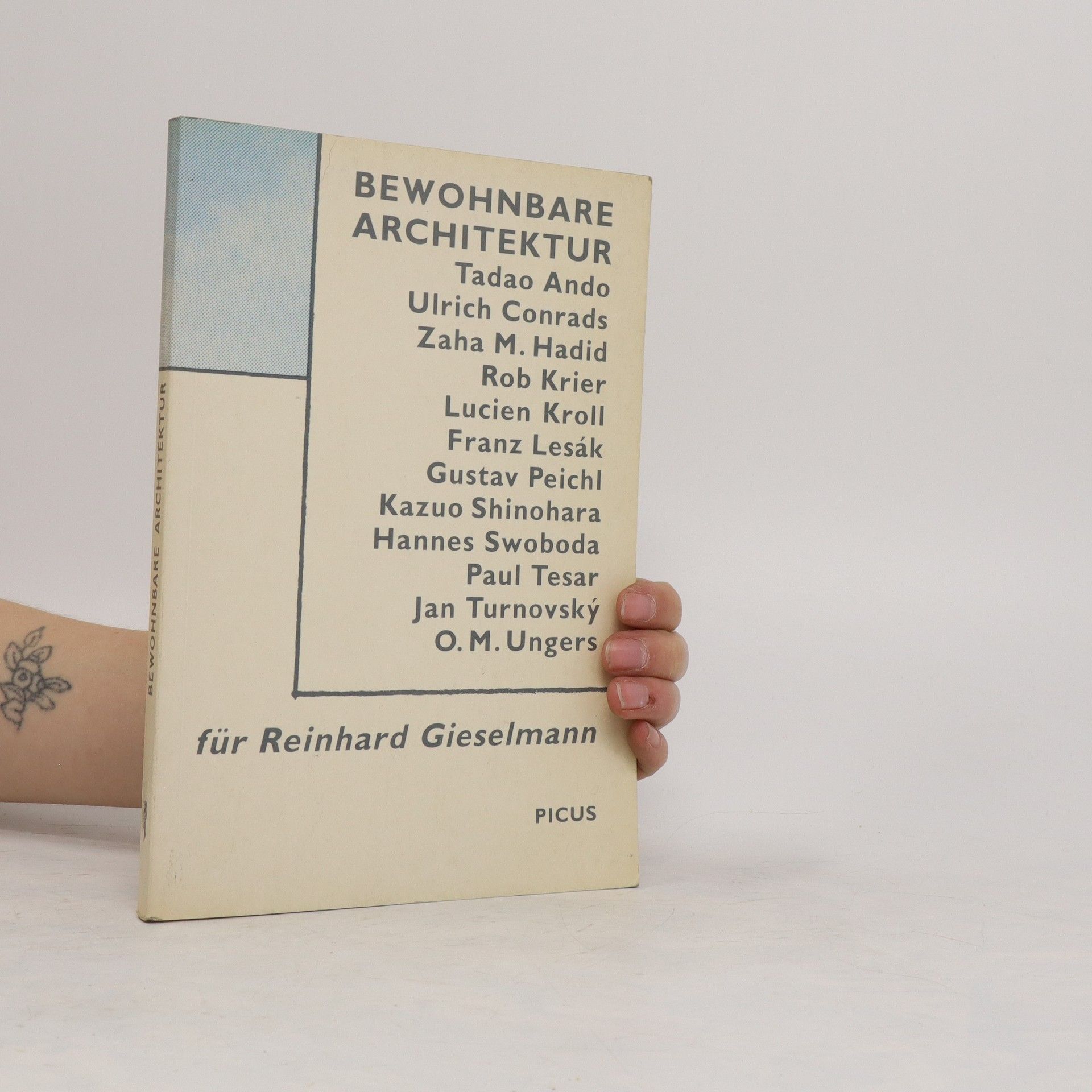
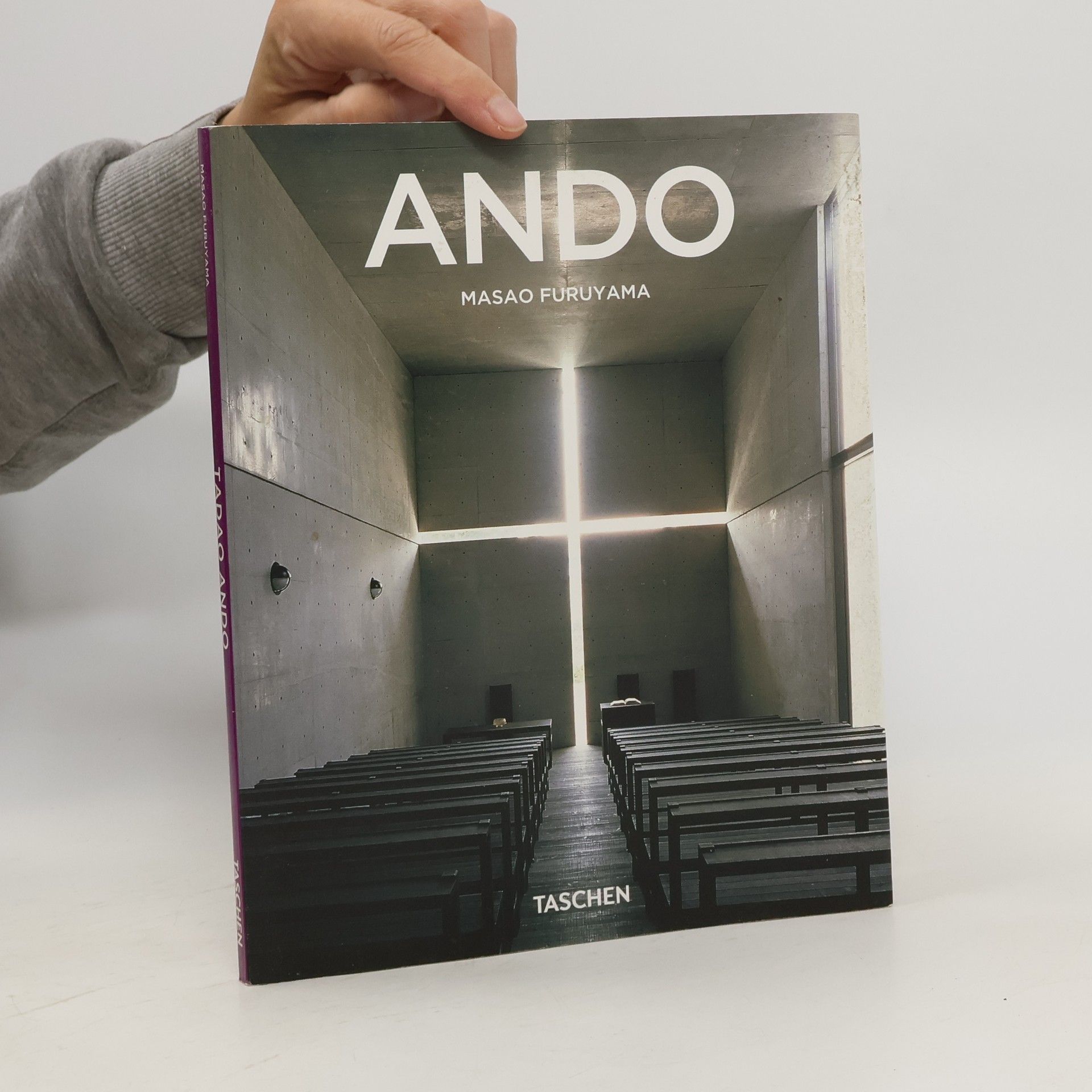
"Ando selected for inclusion the thirty-five projects that best embody his belief that the interplay with nature defines architecture and the passage of time molds architecture. All are shown in spectacular, specially commissioned color photography. Among the major recent works are the Modern Art Museum of Fort Worth in Texas; the Komyo-ji Temple in Saijo, Japan; the meditation space for UNESCO in Paris; the Pulitzer Foundation for the Arts in St. Louis; and the Armani/Teatro in Milan. Also included are some of Ando's most important and well-known earlier works, including the Church of the Water in Hokkaido, the Church of the Light in Ibaraki, and a series of houses throughout Japan."--BOOK JACKET.
This volume entitled Studio Talk is a collection of 13 interviews that have constituted the first chapter, “Studio”, of each issue of GA DOCUMENT EXTRA series that have been published since 1995, an unpublished interview with Frank O. Gehry originally for the aforementioned series, and an interview with Enric Miralles (GA DOCUMENT #60) who has passed away in 2000.Frank O. Gehry 1929-Arata Isozaki 1931-Ricardo Legorreta 1931-Richard Rogers 1933-Alvaro Siza 1933-Richard Meier 1934-Norman Foster 1935-Tadao Ando 1941-Thom Mayne/Morphosis 1944-Christian de Portzamparc 1944-Bernard Tschumi 1944-Jean Nouvel 1945-Steven Holl 1947-Zaha Hadid 1950-Enric Miralles 1955-2000